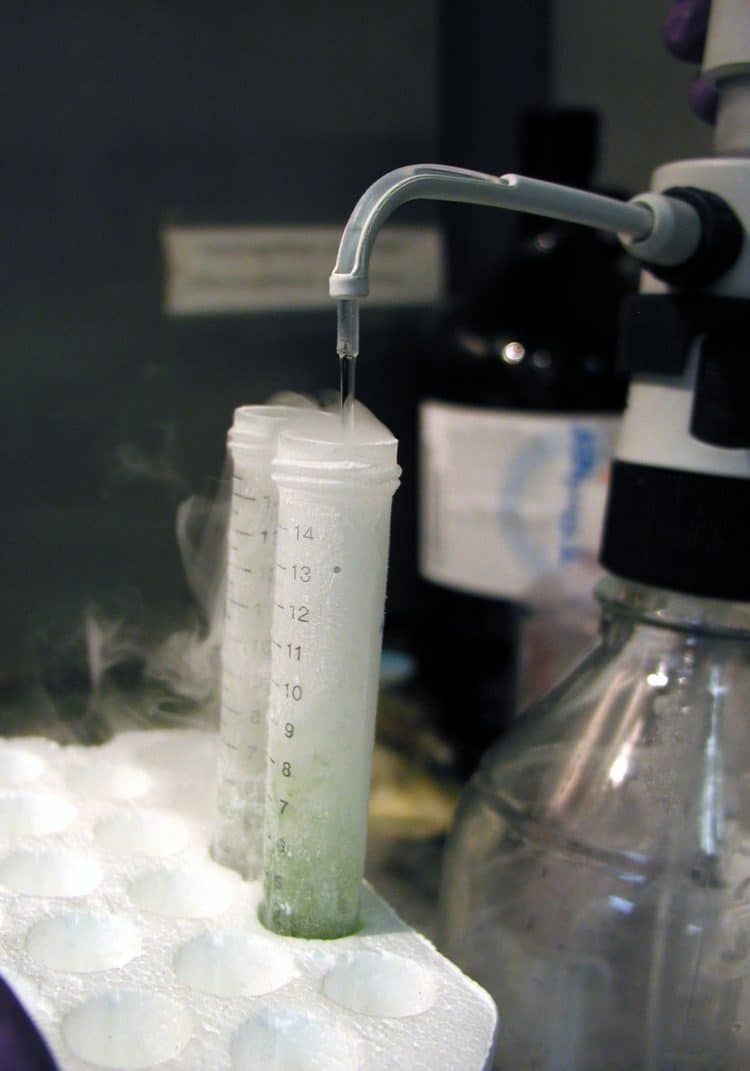Cannabis separation and extraction methods and technologies have made great strides in the last few years. Scientists continue to finetune the processes to improve them from a purity, yield, time, cost, energy, and environmental standpoints.
Underneath are the 5 methodologies that remain the most popular options as they generally perform the balancing act between the aforementioned parameters the most successfully.
Supercritical CO2 Extraction
Supercritical C02 extraction is renowned for its safety, meaning a lack of toxins.
Moreover, C02’s low critical point of compression in comparison to cannabinoids – roughly 88oF – it reaches the desired temperature before the compounds of interest, improving the method’s adaptive ability to target to them.
Another benefit is C02’s accessibility. The downside the initial investment that some of the technologies required, as well as its low efficacy for large-scale productions.
Ethanol Extraction
One of ethanol extraction’s main selling points is its efficacy for high-volume batches, in addition to also being safe. However, with that comes a downside – a lack of precision. This is why ethanol isn’t best for isolating terpenes and producing full-spectrum extracts.
Moreover, ethanol’s polarity causes it to mix with water and drag along chlorophyl as a water-soluble compound. Chlorophyl imparts that characteristic, bitter taste to extracts that many people dislike.
Chromatography Extraction
This method employs a silica that cannabinoids travel through. It is designed in a way that slows down unwanted substances, which react more strongly to it, while cannabinoids are largely set for smooth sailing, thus pulling away from the pack.
However, some cannabinoids and especially terpenes can tend to move at a very similar speed, hindering more precise separation.
Hydrocarbon Extraction
Hydrocarbon extraction is usually done via butane or propane. Like C02, they also have low boiling points, making them suitable for full-spectrum extracts. Generally, this just be the most effective technology.
However (and that’s a big however), butane’s and propane’s extreme volatility makes them a very high risk, one that should be taken only in a professional setting with strict safety control procedures.
Ultrasound Extraction
Ultrasound extraction is gaining traction as an environmentally friendly option, even if ultrasound is used merely in the pretreatment phase to soften up the source material.
It’s also non-intrusive since it works non-thermally, preserving the chemical profile of extracts as intact as possible. Finally, it’s efficient, yet the equipment is relatively cheap.
Considering all that, ultrasound extraction is probably going to become more and more mainstream, but the rest of the methodologies aren’t hardly going anywhere, either.











